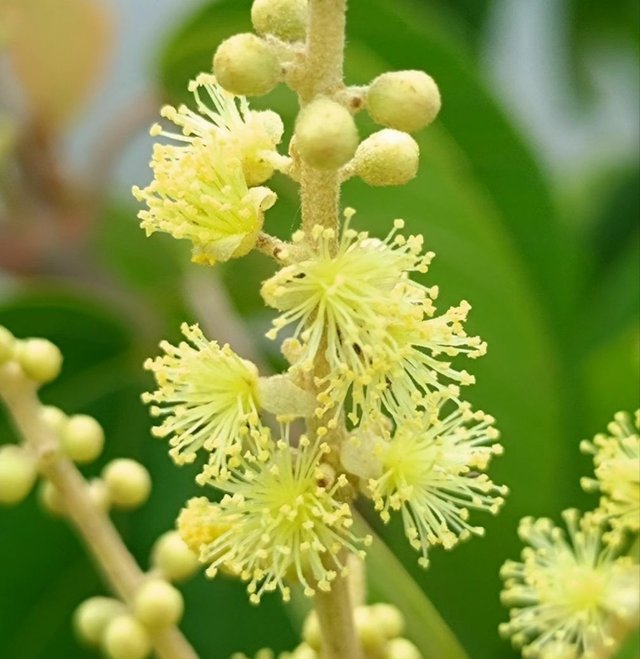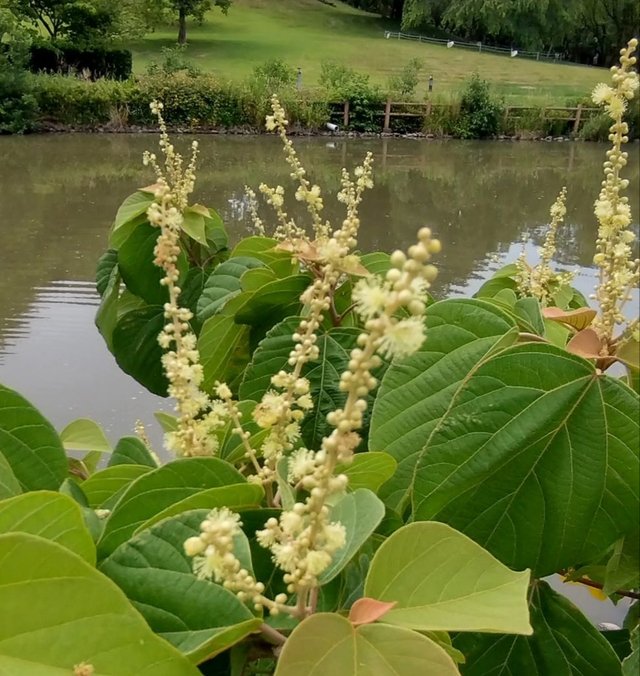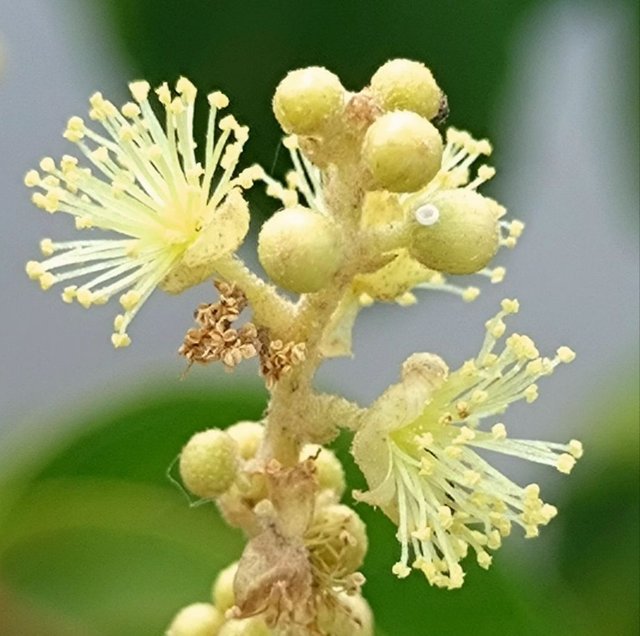Beautiful Yellow Colour Mallotus Flower
Exploring the Mallotus Genus: A Diverse and Ecologically Significant Group of Plants
The genus Mallotus, belonging to the family Euphorbiaceae, comprises a diverse array of plants that hold significant ecological and ethnobotanical importance. With over 140 species, Mallotus is primarily distributed across tropical and subtropical regions of Asia, Africa, Australia, and the Pacific islands. These plants are characterized by their distinctive features, adaptive strategies, and multifaceted roles in their respective ecosystems.
Morphological Characteristics
Mallotus species exhibit considerable morphological diversity. They range from small shrubs to large trees, reaching heights of up to 30 meters. The leaves are typically simple, alternate, and often bear glandular hairs, which can excrete substances deterring herbivores. The margins of the leaves can be entire or serrate, and the veins are prominently visible, providing a distinctive texture. The flowers of Mallotus are generally unisexual and arranged in inflorescences, with male and female flowers often found on separate plants, although some species are monoecious.
One of the hallmark features of many Mallotus species is the presence of stellate trichomes on the leaves and stems. These trichomes play a crucial role in reducing water loss and protecting the plant from herbivores and pathogens. The fruit is typically a capsule, which splits open upon maturity to release seeds. These seeds are often covered with a fleshy aril, which attracts birds and other animals that aid in seed dispersal.
Ecological Significance
Mallotus species occupy a wide range of habitats, from lowland rainforests to montane forests, and play pivotal roles in their ecosystems. They are often pioneer species in disturbed areas, capable of rapidly colonizing open spaces and contributing to forest regeneration. Their ability to thrive in diverse environments is partly due to their mutualistic relationships with mycorrhizal fungi, which enhance nutrient uptake, particularly in nutrient-poor soils.
The leaves and fruits of Mallotus are a food source for various herbivores, including insects, mammals, and birds. Some species are known for their extrafloral nectaries, which secrete nectar and attract ants. These ants, in turn, provide protection against herbivorous insects, showcasing a classic example of mutualism.
Moreover, Mallotus species are involved in complex ecological interactions. For instance, Mallotus philippensis, commonly known as the kamala tree, produces a red dye from its fruit glands. This dye is used by certain insects for camouflage, demonstrating a unique aspect of plant-animal interactions.




